Material
Material
Material in Packaging
When we talk about material in packaging, we refer to the substances used to create packaging products. These materials can range from paper and plastic to glass and metal. Each material has its own set of properties, benefits, and drawbacks.
Types of Packaging Materials
There are several common types of packaging materials:
- Paper: Lightweight and recyclable, often used for bags and boxes.
- Plastic: Versatile and durable, used for bottles, bags, and wraps.
- Glass: Rigid and reusable, ideal for jars and bottles.
- Metal: Strong and protective, commonly used for cans and foil.
Choosing the Right Material
Choosing the right material for packaging depends on several factors. These include the type of product, the desired shelf life, and environmental considerations. For example, food products often require materials that provide a strong barrier against moisture and air.
Environmental Impact
The environmental impact of packaging materials is a growing concern. Materials like plastic can take hundreds of years to decompose. On the other hand, materials like paper and glass are more easily recyclable. Choosing sustainable materials can help reduce waste and pollution.
Innovations in Packaging Materials
Innovations in packaging materials are constantly evolving. Biodegradable plastics and plant-based materials are becoming more popular. These new materials aim to reduce the environmental footprint of packaging.
Understanding the different types of materials used in packaging helps in making informed choices. Whether you prioritize durability, cost, or sustainability, the right material can make a big difference.
Blog Posts with the term: Material
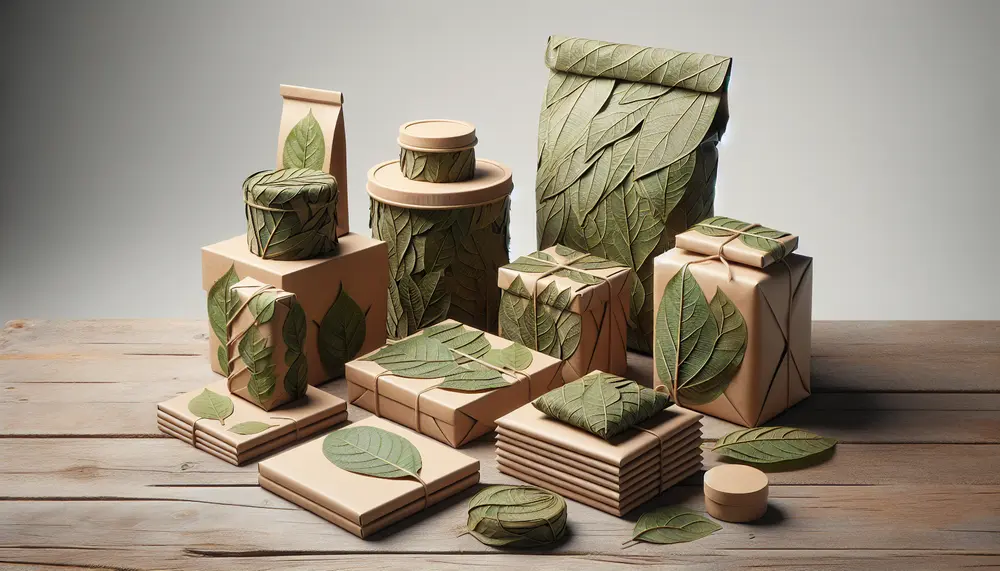
Leaf-based packaging materials are ancient practices re-emerging for modern sustainability, utilizing plant leaves as biodegradable and renewable solutions with minimal environmental impact. They reduce carbon emissions compared to plastic production, decompose rapidly without toxic residues, and align with circular economy...
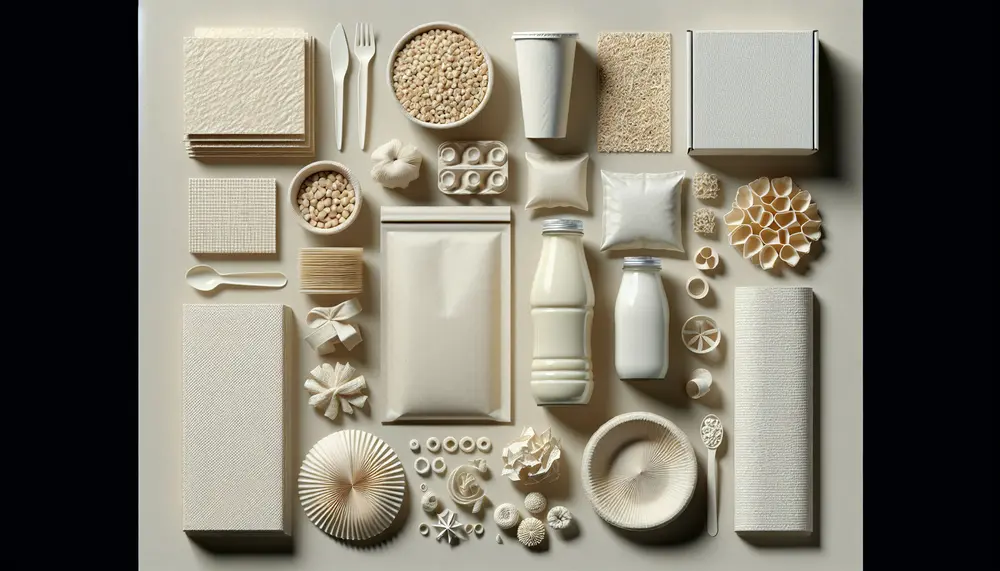
Cornstarch is a biodegradable, eco-friendly alternative to traditional packaging materials, offering similar functionalities with less environmental impact. It's used in various industries for products like containers and bags, reduces reliance on fossil fuels, and supports climate change efforts by emitting...
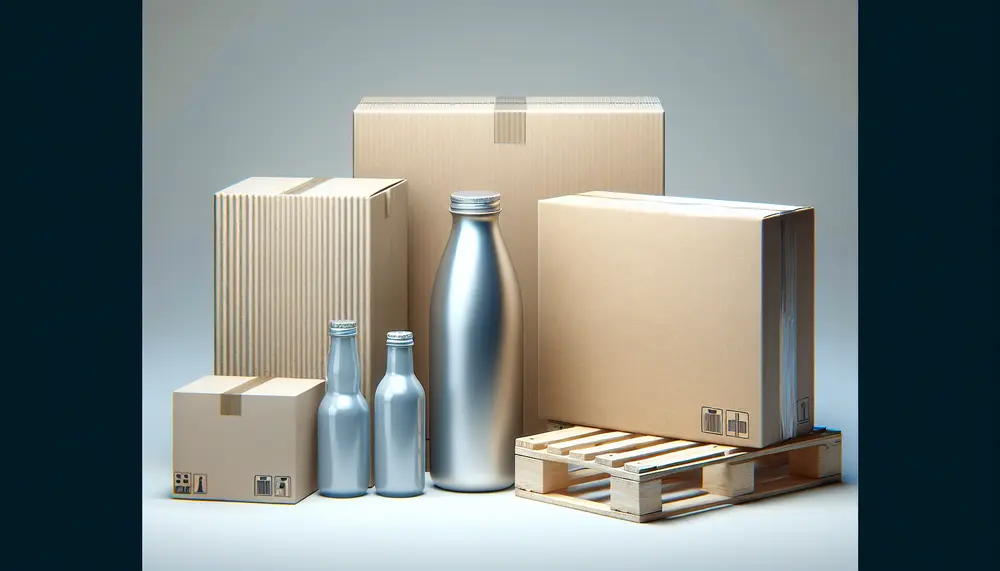
Packaging levels refer to the layers of packaging used from production to consumer, including primary (direct product contact), secondary (grouping and branding), and tertiary (bulk handling). Each level serves distinct purposes in protection, marketing, transportation, and regulatory compliance....

Unique packaging designs enhance gift boxes by creating memorable unboxing experiences and reflecting the giver's care. Personal touches, eco-friendly materials, and innovative design elements can elevate both personal gifts and brand identity. Creative packaging for gifts makes a strong first impression,...
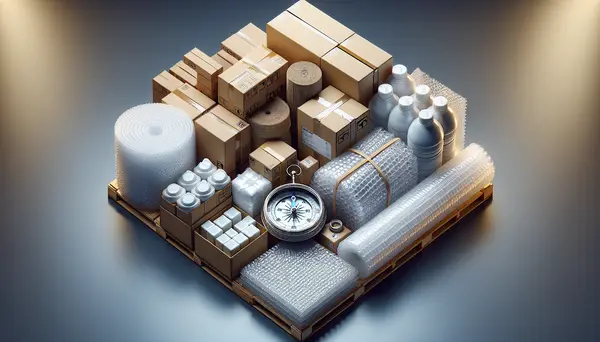
Packaging regulations are crucial for businesses involved in the manufacture, distribution or sale of packaged goods. They protect consumers and support fair competition by governing every aspect of packaging from design to label information. Compliance with these rules is essential...
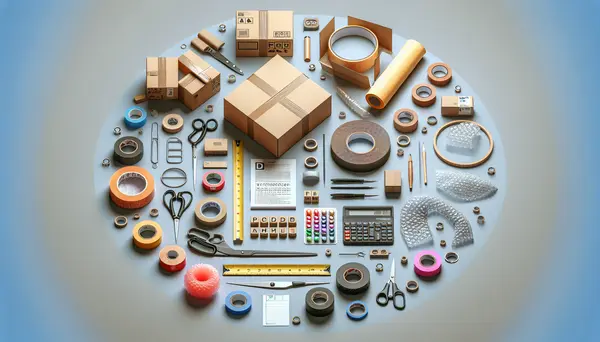
Packaging design is a process of creating exterior product protection and communication tool that encapsulate a brand's identity, conveys essential information about the product, and influences consumer purchasing decisions. Designers should prioritize clarity and simplicity, emphasize originality, ensure functionality, design...
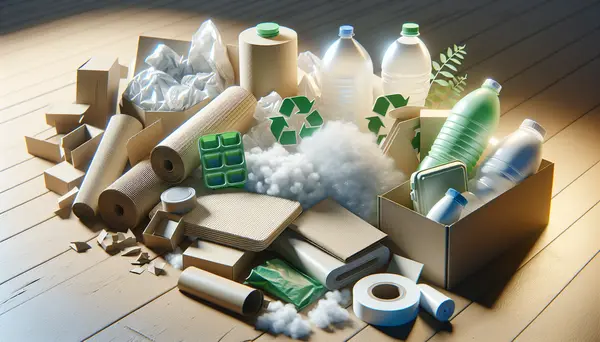
Sustainability in packaging design is a crucial issue that focuses on environmentally friendly practices and materials throughout the packaging process, with the goal of reducing environmental impact. It entails using the three Rs - reduce, reuse and recycle - to...

The Kenyan packaging market is valued at around $585 million, driven by sectors like agriculture and manufacturing which contribute to the GDP; growth in consumer demand has led to innovations such as small affordable packages and a shift towards sustainable...
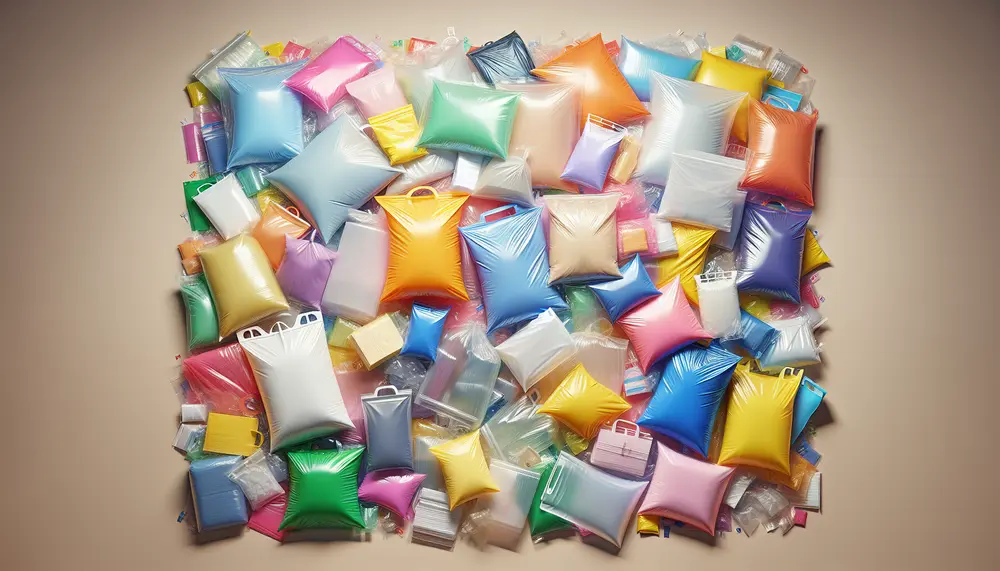
LDPE bags are versatile and durable packaging solutions made from Low-Density Polyethylene, suitable for a wide range of applications including food packaging, medical supplies, retail merchandise, industrial parts, and agricultural products. They offer benefits such as cost efficiency, protective qualities...
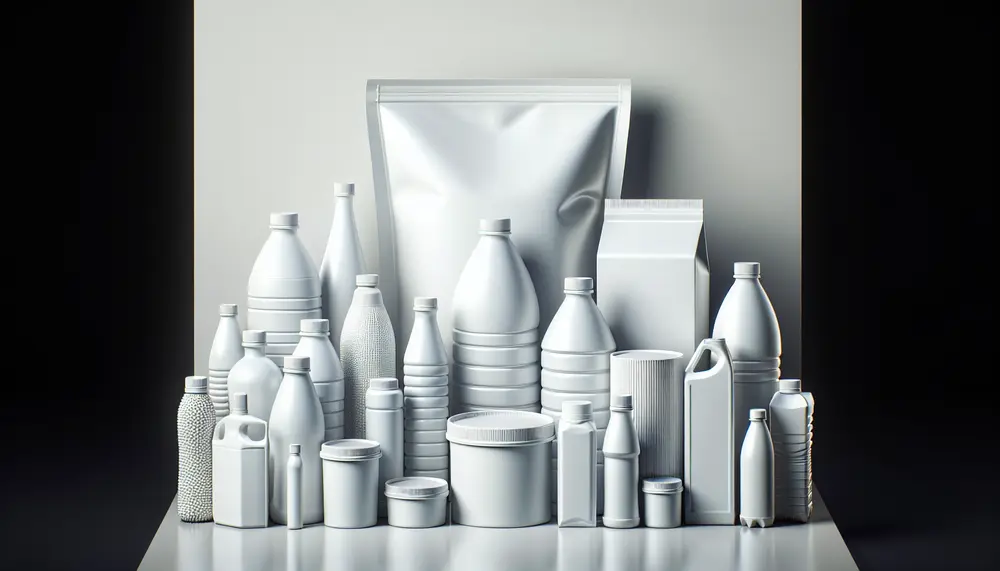
HDPE packaging is valued for its durability, lightweight nature, and resistance to environmental factors. It's versatile in shape and size customization, cost-effective during transport due to its light weight, and environmentally friendly as it's 100% recyclable. High-density polyethylene (HDPE) is a...
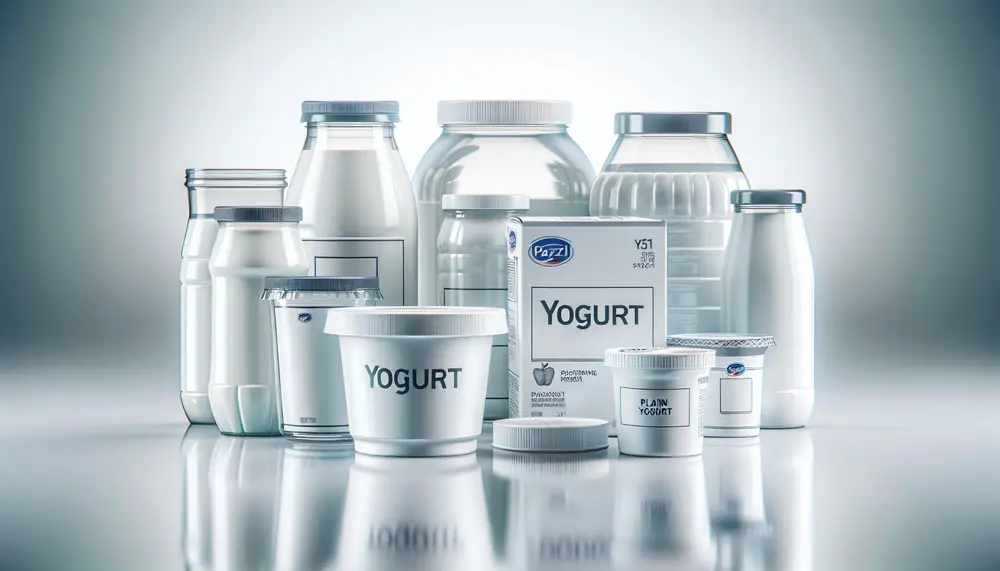
The article discusses the significance of yogurt packaging materials in preserving quality, extending shelf life, and marketing. It highlights various types of packaging like glass, plastic, composites, eco-friendly alternatives, and metal containers with their respective properties. Packaging choices for yogurt impact...
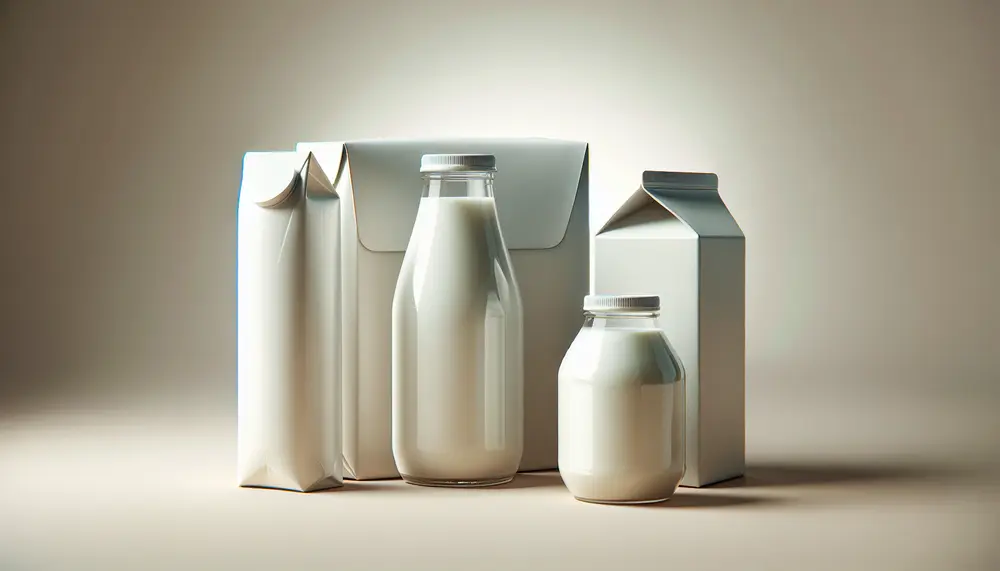
This article discusses the evolution and variety of milk packaging materials, highlighting their role in preserving milk's freshness, taste, and nutrition. It covers historical advancements from glass bottles to modern sustainable options, examining each material's benefits and drawbacks for consumers...
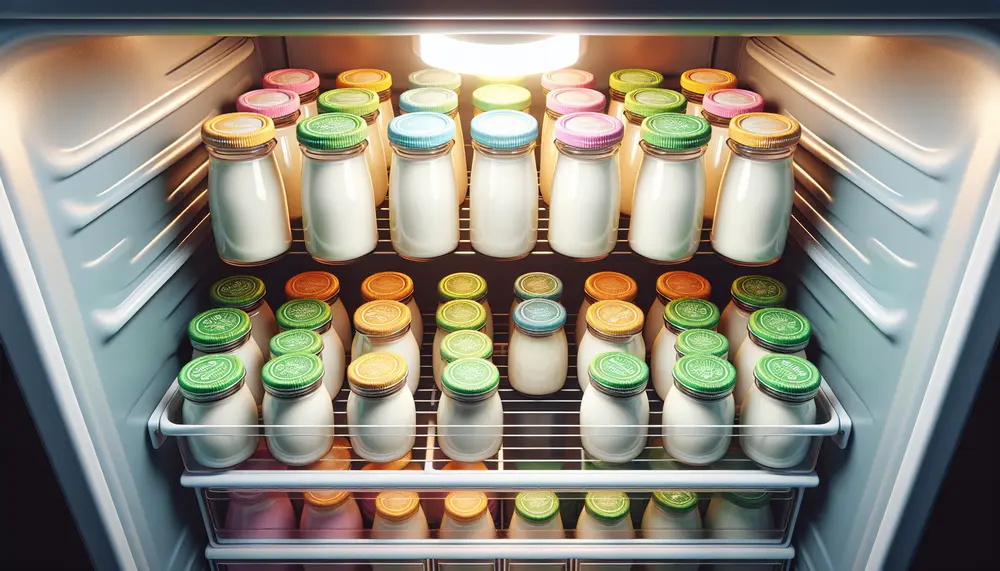
Yogurt packaging is essential for maintaining freshness, quality, and safety; it requires an effective barrier against oxygen and light, strength during transportation, regulatory compliance for food contact, and advanced sealing technology. Innovations in the market include smart features like freshness...
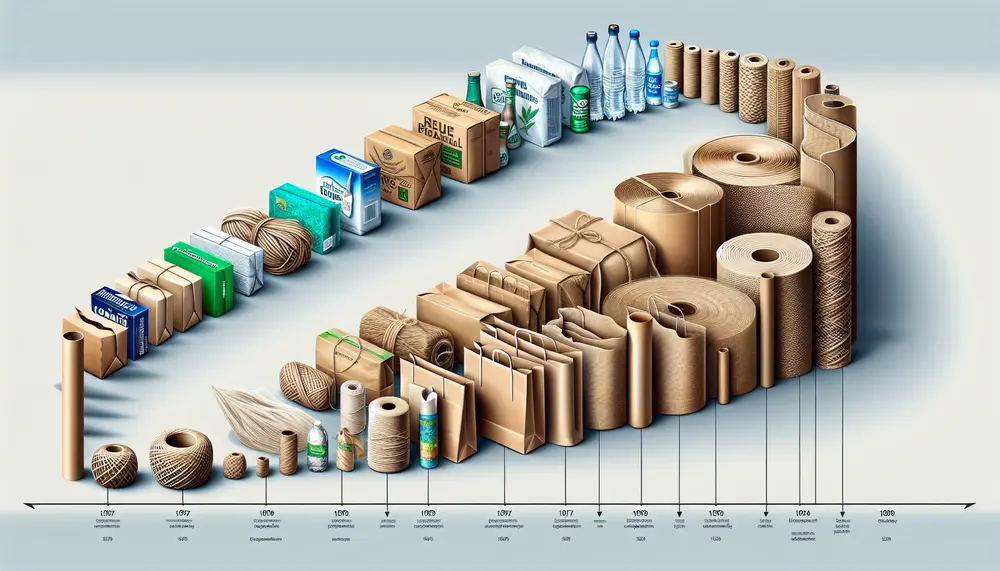
Packaging is a complex, engineered process for product protection, presentation, and preservation with functions including containment and information. It has evolved to incorporate user experience, environmental considerations, and technological advancements. Historically packaging materials have advanced from natural resources to modern lightweight...
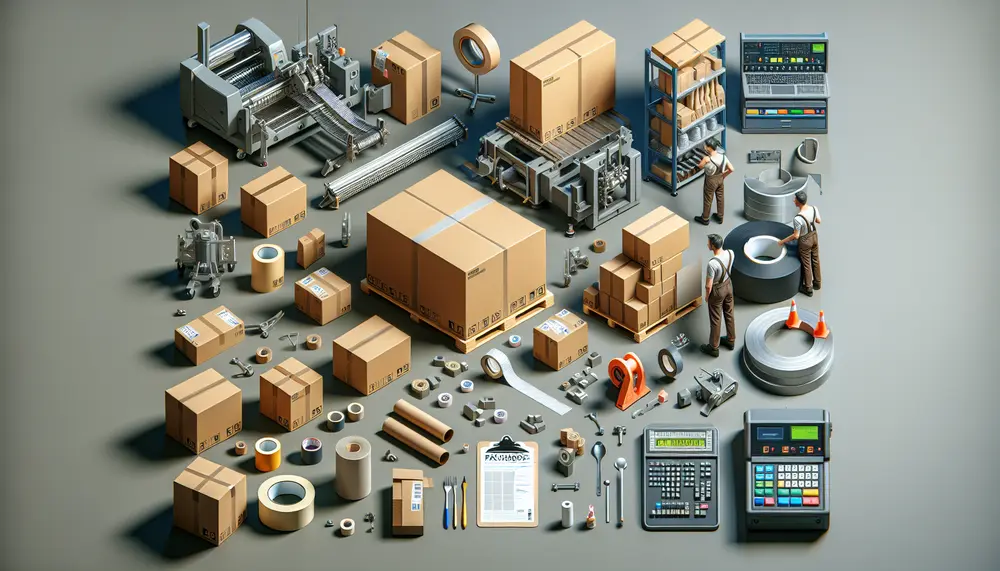
A packaging operator oversees the final stages of manufacturing, ensuring products are correctly packed and labeled for shipping. Their responsibilities include managing machinery, preparing materials, monitoring operations, performing maintenance tasks, keeping production records and adhering to safety protocols while maintaining...
